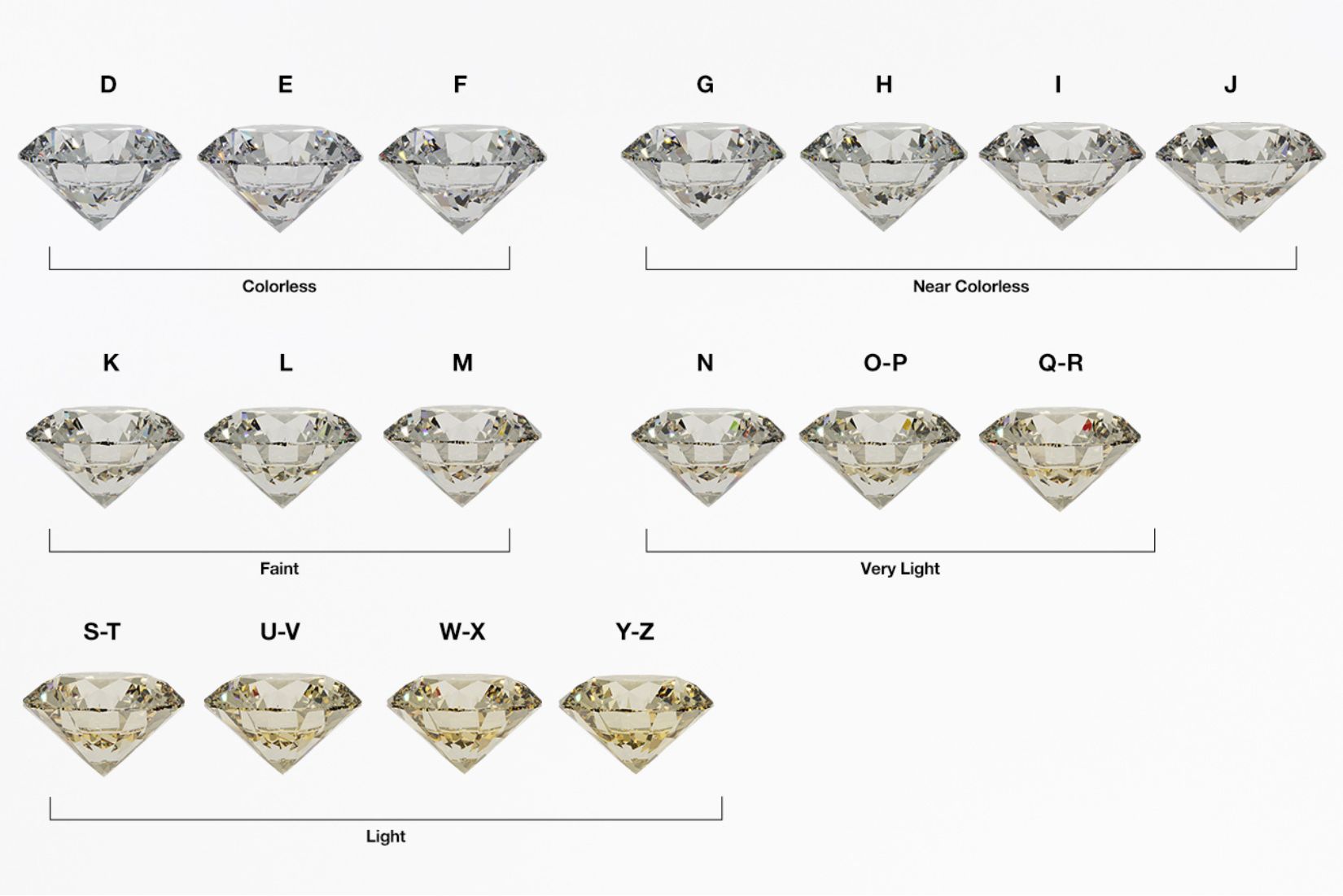Diamond Colour Grading: Can You See the Difference in Daylight Savings Light?


When shopping for a diamond, one of the most talked-about features is color. The Gemological Institute of America (GIA) grades diamonds on a color scale from D (colorless) to Z (noticeable yellow or brown tint). But here’s a question many buyers don’t think to ask: Can you actually see the difference in diamond color under daylight savings light conditions?
Let’s break down what diamond color grading means, how light plays a major role in what you see, and whether daylight savings time lighting conditions affect your ability to notice color differences.
Diamond color refers to the absence of color in a white diamond. The GIA scale is as follows:
Color is assessed under controlled lighting and specific background conditions by trained graders. But the light you see your diamond in at home or outdoors is very different from lab settings.
Daylight Saving Time (DST) simply means we shift an hour of sunlight into the evening. But for diamonds, it’s not about the clock—it’s about the quality and angle of light.
During DST, you’re likely to:
These factors can absolutely impact how your diamond’s color appears to the naked eye.
Yes—and no. Here’s what happens in natural daylight:
If you’re choosing between a G vs. J color diamond, the difference might be hard to spot in direct sunlight but more noticeable under softer, indoor light—or even cloudy skies.
| Lighting Type | Color Perception |
| Jewelry Store Lights | Bright white LEDs that make most diamonds sparkle brilliantly—can hide color. |
| Daylight (Midday) | Balanced lighting shows off true color, best for comparisons. |
| Golden Hour (DST Evenings) | Warm lighting exaggerates yellow or brown tints. |
| Indoor Home Lighting | Varies—LEDs and warm bulbs can alter your perception of color subtly. |
If you’re comparing a D and a J diamond side-by-side, probably yes.
But if you’re viewing one stone at a time, especially in normal DST lighting conditions like a sunny evening or an LED-lit room, most people can’t reliably distinguish between grades like G vs. H, or I vs. J.
It depends on:
In general, many buyers find G–I range diamonds offer the best balance of beauty and value—especially if they’re being viewed mostly in casual DST lighting, not under grading lab conditions.
Yes, daylight savings light can slightly affect how diamond color appears—but not drastically. The key is understanding how natural and artificial light work with your diamond in the real world. If you can’t tell the difference under normal lighting, you might not need to pay extra for a higher color grade.
Still unsure? Trust your eyes—and maybe a little expert guidance—before making the final call.
Want more expert diamond tips? Sign up for our newsletter for insider guides, seasonal deals, and gemstone education delivered right to your inbox.